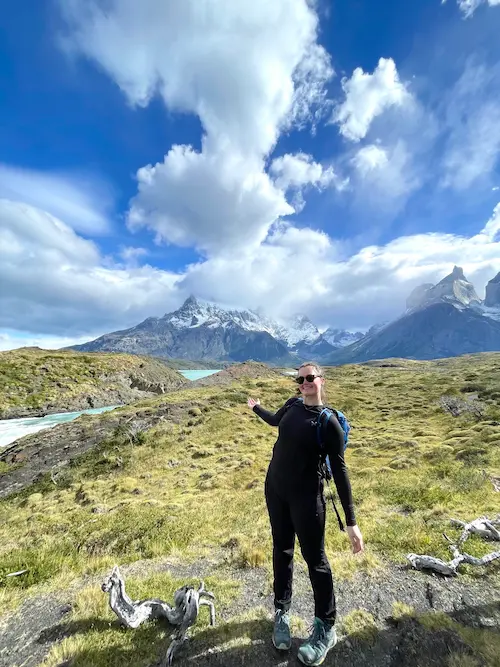Heaven is a Place on Earth

Here in the Sacred Valley of Peru, where the Earth meets the Heavens, we here at SFS learn how to shoulder the world’s environmental burdens, much like Atlas held up the Sky in Ancient Greek mythology. Unlike Atlas, however, we are not alone. We students have each other and our professors, who are opening our eyes to a vast network of professionals and their collective knowledge base, working to save the Earth’s biodiversity and see the realization of worldwide sustainable development.
But enough of the seriousness for a second. Hola, me llamo Sean! This is a picture of me (on the right) and Teresa (top left) posing with a llama at a Camelid Park we visited as part of our Tropical Ecology class.

Our classes have a mahvelous mixture of in-classroom and out-in-the-field activities, and that allows us to see what we’re studying in class, in real life. We’ve studied both indigenous knowledge and the immersive agricultural culture of the Sacred Valley for our Political Ecology course, and then met people practicing such traditions both at bustling downtown mercados and at the serene Parque de la Papa.


We’ve studied the benefits of a threats to biodiversity in our Tropical Ecology course, and then surveyed the diversity of bird species (some endangered) in the Mantanay Conservation Area by first identifying them with 15-20 bird calls we memorized and then recording both their elevation and GPS coordinates. Plus, we made it to a glacial lake at over 13,000 feet above sea level, which was pretty groovy.



And as for Tropical Ecology, we’ve learned how nutrients, rainfall, sunlight, and climatic stability are key ingredients in creating autotrophic biodiversity and productivity, and how heterotrophs have the highest biodiversity at the conjunction of high autotrophic biodiversity and the middle of continents (thus why nearby Manu National Park has the highest mammal biodiversity in the world). We had one of our lectures on an old Incan granary resting on the side of a nearby mountain (1st below). To test biodiversity and productivity we did biomass samples of different plots along a nearby trail (2nd below). We also saw a black widow, scorpion, and tarantula hawk on that hike!


On our way to a weaving demonstration for our Peruvian Culture class, we happened upon these incredible views:


And lastly, my Spanish is getting much better thanks for both our Spanish class and being immersed in the local language, both on and off campus. The food here is incredible, the people are very welcoming, and the views are all gorgeous. Peru is amazing, and I can only hope to be able to give back to the world what this country has given to me this semester!
Related Posts


